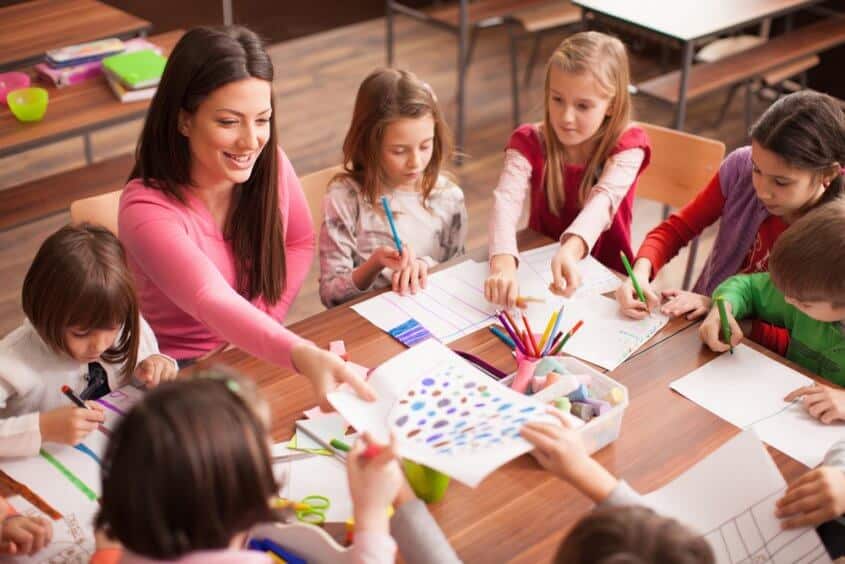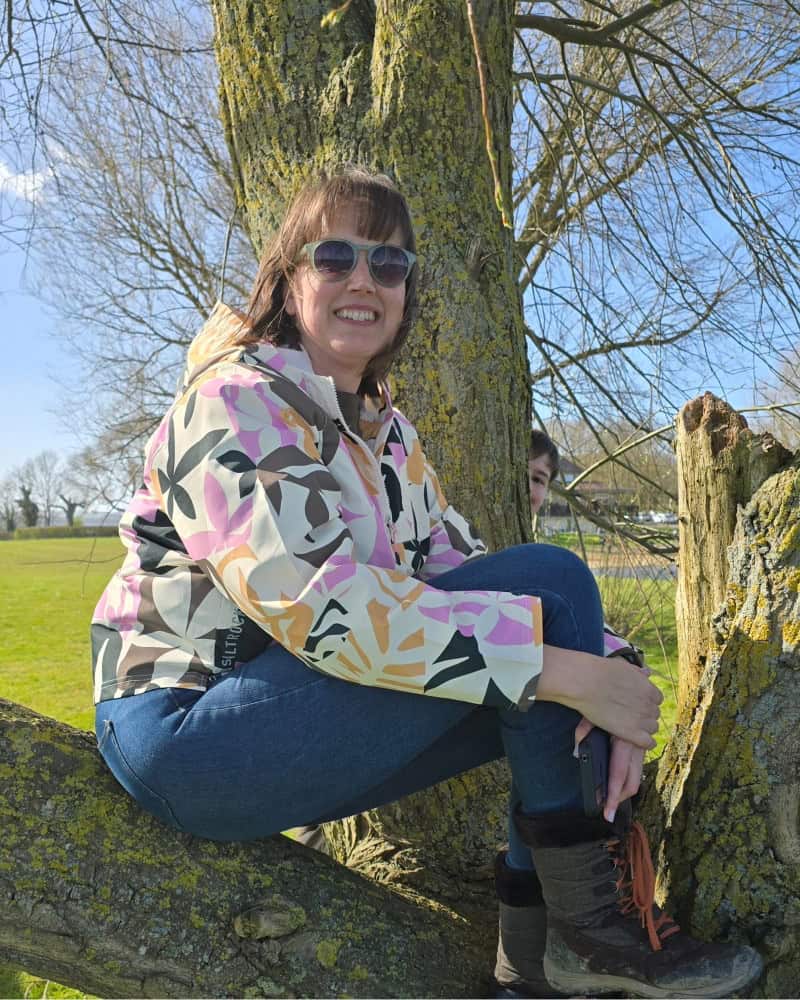Allegedly the best years of your life, yet school can often equate to the most stressful years of a parent’s existence, particularly when it comes to those first precious years spent establishing a sense of self and an academic routine.
The chances are you’ve thought about your child’s education more than once since they were born, and whether they’re now approaching school age or still crawling around in nappies, that sense of foreboding is one that will remain until you’re certain they’re adapting and doing well.
The pressure of choosing the right learning environment, and school, for your child, will be akin to choosing their name; it’s a decision that will set your child up for life.

Thinking about your child’s education: why it matters
When it comes to education, it’s essential to consider your child’s future as early as you can. Indeed, by the time they’re approaching two, many parents have already started to look at teaching methods and academic establishments for their children.
With education, it’s never too early to start considering your child’s future, and you may have noticed your child reacting favourably towards a particular style of learning already. Does your little boy engage with playtime? Is your daughter most pensive when she’s sat in a quiet corner to read?
From crèches and playgroups to nursery and pre-school, the importance of childhood education can’t be overstated. Learning via any means will set your child up for life, enable them to grow in confidence, and teach them valuable life skills, even before they’ve begun to engage with times tables and the alphabet.
Considering your child’s education doesn’t necessarily mean that you’re a pushy parent, but that you’re open to a variety of academic options, and invested in your child’s future. Besides, your child will still have plenty of time to play and to develop a character of their very own; a little formal teaching will merely open their eyes to a world of opportunities.

Teaching methods explained
Ensuring the best education for your child will involve two things; deciding upon a teaching method that best suits your family, and finding an establishment that embraces the values that you’re most comfortable with.
If your child learns better through play, you may be looking for an establishment or school that offers student-led learning, while a child that craves structure would perhaps be better placed in a teacher-led environment. Whichever option suits you, it’s never too early to have a look around, considering factors such as OFSTED reports and results, the general health and wellbeing of pupils, and the school’s proximity to your family home.
When it comes to choosing the right learning environment for your child, it’s natural that you’ll want to understand the kind of education they’re likely to receive at any of your shortlisted schools. What kinds of teaching methods are out there, and why would they suit you?
Teaching methods fall into two main categories: those that are teacher-led, and those that are centred on the students as individuals. While the teacher-centred approach sees pupils as relatively passive beings in need of being taught by a single authority figure, the student-centred approach trusts pupils with elements of their own education; students are encouraged to ask questions, seek their own research topics, and engage with the material as a teacher facilitates their understanding. Both have their advantages and disadvantages and will be favoured by parents for different reasons.
Many schools, including the highly-rated Hornsey School for Girls in London, may offer a blend of both methods; while the curriculum is largely teacher-led and structured, pupils are encouraged to develop their own values, characters and sense of community. This is referred to as “cooperative learning.” One glance at the Hornsey School for Girls Twitter account shows parents how pupils are excelling; a varied curriculum and a nurturing environment are what matter most to children.
Random grouping is a way of matching students when team formation is not controlled by factors such as academic achievement or common goals. Some schools do fun learning using Picker’s Wheel random group generator, which selects random names to make a group.
Still unsure? Let’s break it down.

Teacher-led method
The teacher-led method can be broken down into various forms of learning, including direct instruction and formal authority. This method of teaching relies upon there being a single voice of authority, and upon children learning via teacher-led demonstration and lectures. Perhaps considered a little more “old school”, a teacher-led education can be praised for its ability to teach basic and fundamental skills effectively. If your child takes instructions well and responds to authority, this could be the method that best suits your family.
Student-led method
Including enquiry-based learning and investigation, this teaching method relies on a child’s curious mind and thirst for knowledge. Children are encouraged via hands-on learning and by taking an active role in lessons. If your child excels when left to their own devices, or has developed a habit of asking questions early on, the student-led approach to teaching would suit that active mind.
Nobody knows your child as well as you, which is why choosing a school and teaching method can feel like a huge burden. With nobody to help you make up your mind, the mission of finding the right academic approach can leave you feeling daunted and alone. However, it is essential that you trust in your instincts and in your child’s ability to adapt to their environment.
With a little encouragement, a lot of love, and dedicated support from parents and teachers, your child is capable of anything – and so are you.

